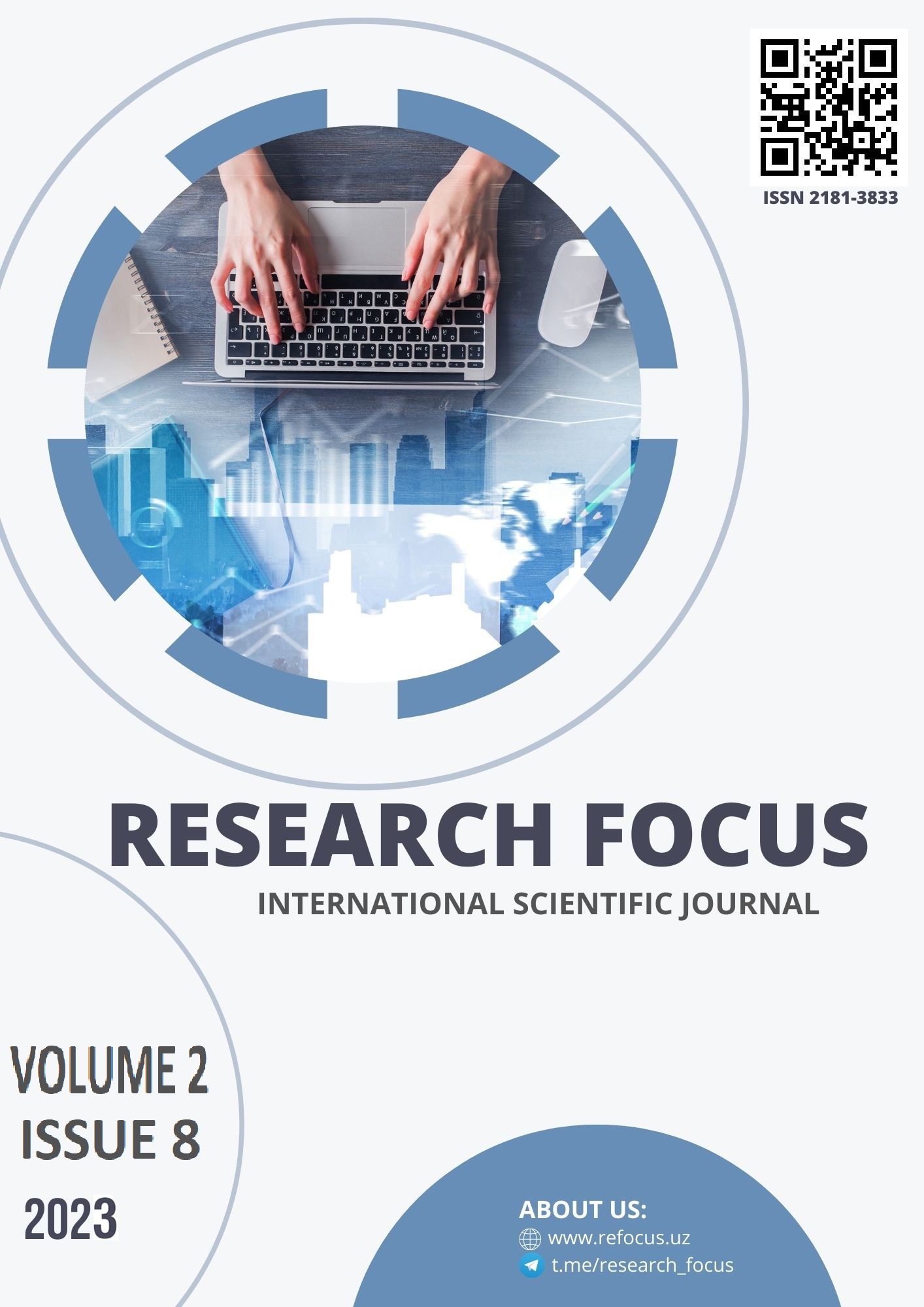BLOOM'S TAXONOMY IN SECOND LANGUAGE ACQUISITION: PROMOTING CRITICAL THINKING AND LEARNER AUTONOMY"
Main Article Content
Abstract
The link between Bloom's Taxonomy, Second Language Acquisition (SLA), higher-order thinking abilities, learner autonomy, curriculum creation, assessment, language competency, and the role of the language instructor in education is examined in this article. The author contends that the application of Bloom's Taxonomy can help learners acquire higher-order thinking abilities and learner autonomy, which are necessary for reliable evaluations of language competency. The paper also emphasises the significance of incorporating critical thinking into curriculum development and language education. Overall, this article offers insightful information about the intricate relationships between language learning, cognitive development, and educational practise.
Article Details

This work is licensed under a Creative Commons Attribution 4.0 International License.
References
https://cft.vanderbilt.edu/guides-sub-pages/blooms-taxonomy/
Bloom BS. Taxonomy of educational objectives: the classification of educational goals. New YorkNY: Longmans, Green; 1956.
Anderson LW, Krathwohl DR. A taxonomy for learning, teaching, and assessing: a revision of Bloom’s taxonomy of educational objectives. New YorkNY: Longmans; 2001.
Bloom’s Taxonomy of Educational Objectives Erin Stapleton-Corcoran, CATE Instructional Designer January 25, 2023

